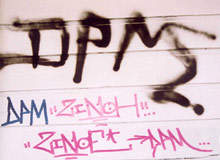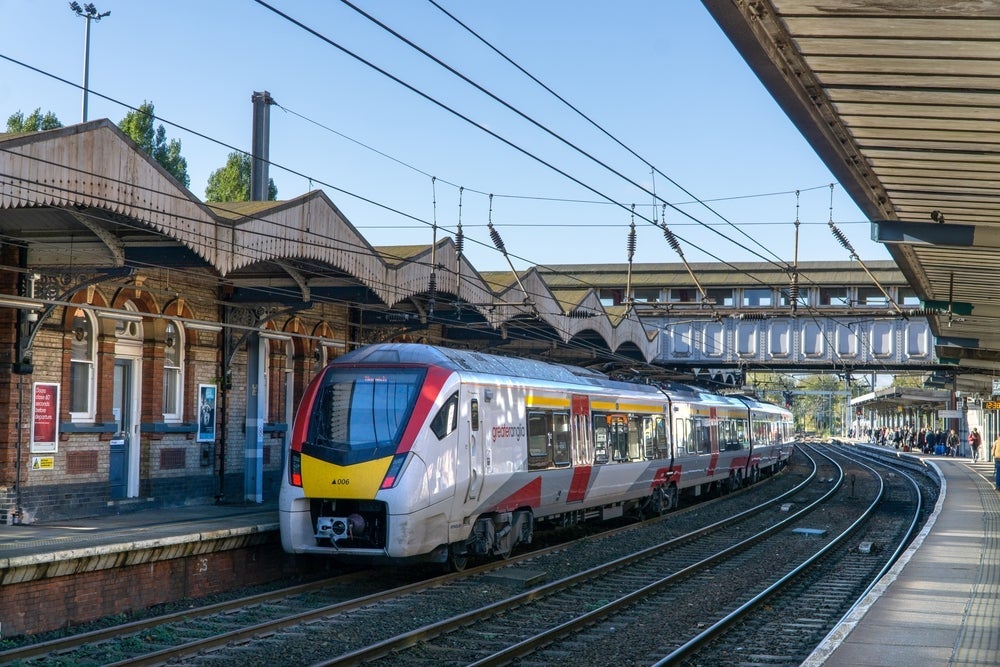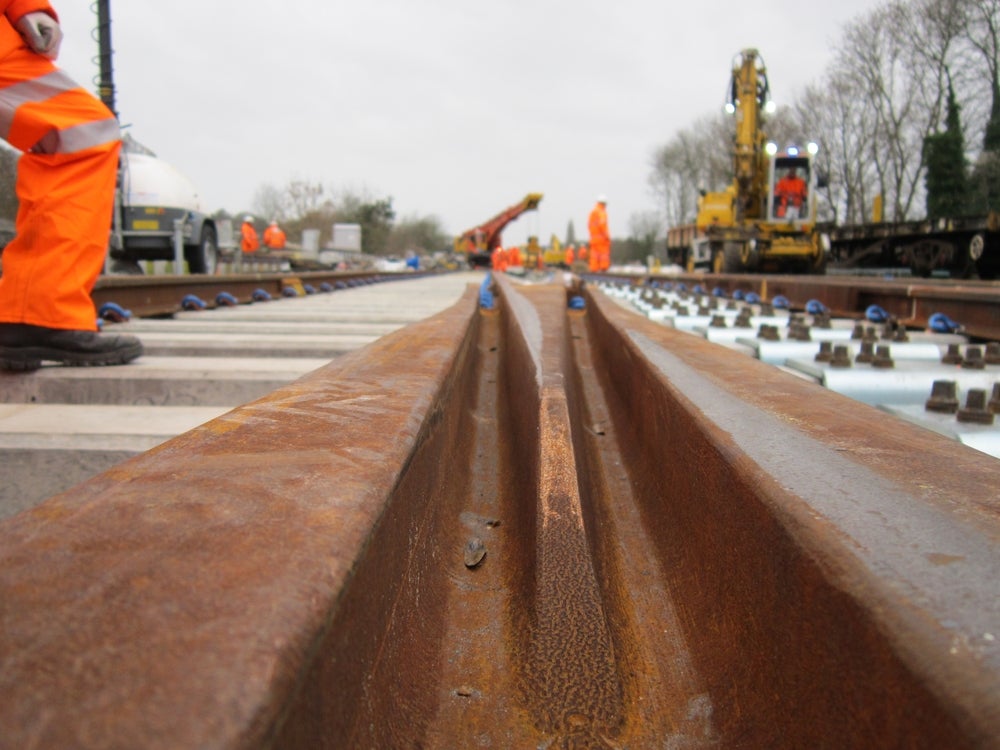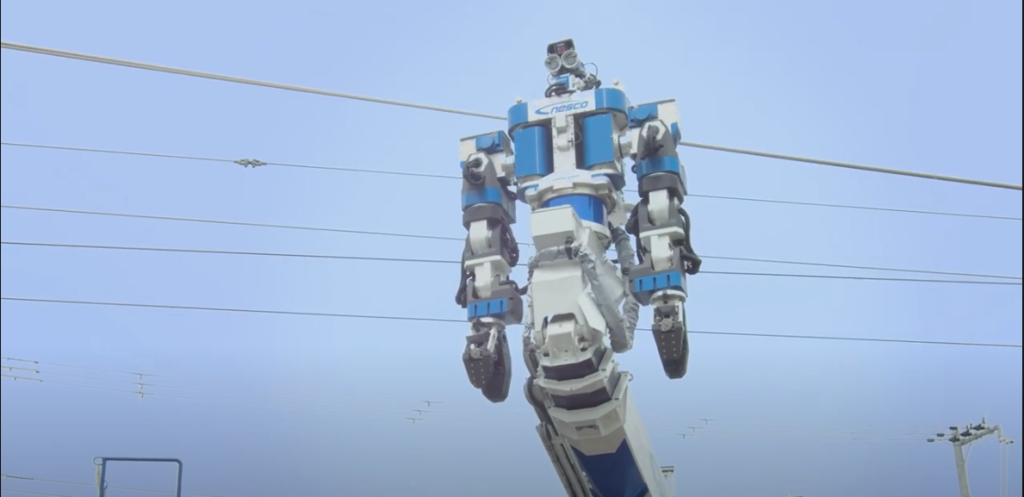
BBC artist Andrew Gillman used his spare time to become a menace to the rail network. As head of the ‘DPM Crew’ he orchestrated 120 night-time graffiti attacks on stations, trains and railway rolling stock around the UK and Europe between 2004 and 2006, causing millions of pounds worth of damage along the way. At the same time, he used a false name to add authentic graffiti to BBC’s headline soap opera Eastenders.
Now, thanks to the work of the British Transport Police, Gillman and several other persistent offenders are behind bars. In July 2008, Gillman received a two-year sentence after admitting conspiracy to commit criminal damage at Southwark Crown Court. Now, the message that this kind of vandalism will no longer be tolerated on the railways seems to be getting through and reports of incidents of graffiti on the network fell by 22% to 4,241 across 2007 and 2008.
“Graffiti is an attack on the community and the environment,” says detective superintendent Michael Field, who led the 20-strong investigative team on Gillman’s case. “It is antisocial and destructive and it’s a crime we take very seriously.
“We will continue to be proactive in investigating and prosecuting graffiti crime wherever it occurs on the rail system.”
Graffiti is a phantom menace. The results are there for all to see but the vandals usually choose times and locations so as not to be seen. So if police aren’t witnessing the attacks, how are they tackling the problem?
We’ve examined the major players in the ongoing battle to keep Britain’s rail network free from vandalism to find out who is doing what and how, ultimately, the phantom menace is being brought under control.
How well do you really know your competitors?
Access the most comprehensive Company Profiles on the market, powered by GlobalData. Save hours of research. Gain competitive edge.

Thank you!
Your download email will arrive shortly
Not ready to buy yet? Download a free sample
We are confident about the unique quality of our Company Profiles. However, we want you to make the most beneficial decision for your business, so we offer a free sample that you can download by submitting the below form
By GlobalDataThe perpetrators
Drawn in by what they perceive to be easily accessible, large expanses of ‘canvas,’ graffiti vandals cause problems on rail networks all over the world. The New York underground was famously besieged by spray paint vandalism in the 1980s and as recently as July 2008 a Japanese bullet train service was suspended following graffiti attack. The question is: why?
“I’ve spoken to a lot of graffiti vandals over the years,” says detective sergeant Pete Thrush from London South’s Graffiti Unit.
“For a lot of them it is self-advertisement. They see it as art so want as many people as possible to see it and there are a lot of people moving through train stations.
“It’s also about kudos. They hang around in gangs and the more damage they do, the more kudos they get from their peers. For some it’s just the buzz of doing something illegal.”
Graffiti vandalism in the UK is considerable. Graffiti costs the national rail system £5m a year, a figure that doesn’t account for lost revenue and delays, while over £10m and 70,000 hours per year are spent tackling the problem on the London Underground.
“Graffiti causes problems with services and substantial costs to rail operators,” says DS Thrush. “Trains cost approximately £1,000 a day to lease. If you have to take a train out of service, that’s £1,000 you’ve lost straightaway and then you’ve got to clean it and possibly respray it. Think about how much a car respray costs and then times it by 40.
“There are also health and safety issues because of the toxicity of the paint so we’re talking about substantial sums here. It’s also not as uncommon as you might think for people to get electrocuted when they’re trespassing on railway lines to do graffiti. There’s a substantial risk of loss of life to those doing it.”
Graffiti may bring kudos, but there is also a large element of danger and the risk (or thrill, depending on how you see it) of getting into trouble with the law. So whose job is it to tackle the problem and how are they going about it?
The proprietors
Network Rail, who own and operate Britain’s rail infrastructure, toughened their stance in August when they erected 4,000m of new fencing at hotspots in the West Country to prevent graffiti vandals from defacing railway property. They also deploy a team of people, known as scarecrows, to keep watch over hotspots nationally. They see the quick removal of graffiti as key to winning the war on this type of vandalism.
“Graffiti is a blight on Network Rail property, affecting passengers, staff and the communities we serve, who ALL suffer from this antisocial behaviour,” says Network Rail’s national community relations manager Derek Crook. “Graffiti is criminal damage and its removal costs the railway millions of pounds every year; money that could be better spent elsewhere on improving the network.
“We would ideally keep our structures clear at all times. However, the costs of cleaning are often significant. It’s not an easy issue to solve, but there are effective measures we take, such as mounting regular patrols of our hot-spot areas, maintaining security fencing and removing graffiti quickly. We’re also working in conjunction with communities and local authorities on initiatives that will help tackle this problem in the longer term.”
The officials
Following the success of the graffiti unit that started on the London Underground in 1992, the British Transport Police has developed similar dedicated squads in other regions.
This year the graffiti units have compiled evidence that has helped put some of the rail network’s most notorious vandals behind bars.
“I can’t say too much about how we operate for obvious reasons,” says DS Thrush. “But I will say that when a graffiti vandal leaves a tag, they are telling us something. If someone is prolific, we will look at targeting that individual and putting together a case so they can be prosecuted for all the walls they have defaced and taken to crown court.”
Over the last five years the UK government has intensified measures to combat the graffiti problem.
The Antisocial Behaviour Act 2003 made it illegal for retailers to sell spray paints to people under 16, gave local authorities the power to serve defacement removal notices on companies responsible for surfaces that have been defaced and gave local authorities the power to issue fixed penalty notices as an on-the-spot alternative to prosecution.
In addition, the law courts are invoking powers given to them by the Criminal Damage Act 1971, which states that people causing over £5,000 worth of damage can be imprisoned for up to ten years.
“I’m pleased to say our work has been supported by an aggressive stance from the courts,” says DS Thrush. “They have crushed vehicles that have been used to aid graffiti vandals. They have handed out very large fines. And they do imprison people for persistent offences.”
Getting them young
As identified by Network Rail and The British Transport Police, the best way to tackle the war on graffiti long term is by preventing impressionable youngsters from getting into it in the first place. Network Rail has a No Messin’ campaign that targets schools and community groups to highlight the damage and dangers associated with graffiti and other railway crime.
“Our best fighting tool is prevention and getting safety messages across by engaging with young people in schools, local youth groups and community groups,” says Chris Fuoco, area general manager at Network Rail.
“We will continue to work with them to raise awareness, also organising our No Messin’ event, to help prevent crime and ultimately save lives.”
The outlook
Network Rail, the British Transport Police’s Graffiti Unit and the Home Office are demonstrating that they have learned from Nederlandse Spoorwegen’s success in Holland by focusing on cooperation between organisations, rapid removal of tags and prevention via education and statute as a means to winning the war on graffiti.
However, the reality is that although incidents of reported graffiti offences are down by 22% from 2006/7, numbers are still well up on 2004/5’s 3,454 cases.
With internet sites continuing to offer graffiti vandals the chance of worldwide acclaim for their “work”, the question remains of how to change the mindsets of the offenders and bring them under control.
“If the question is, can we reduce graffiti? The answer is yes,” says DS Thrush. “As long as graffiti remains popular in society it is unreasonable to expect it to be stopped altogether.
“However, through working in partnerships and educating people into not doing it, we can certainly do something about it.”






